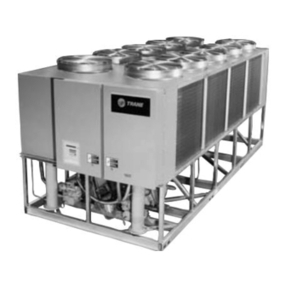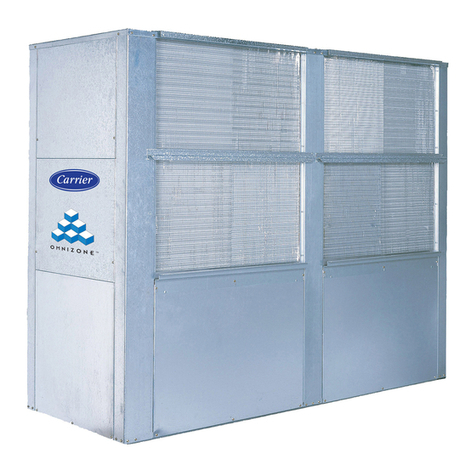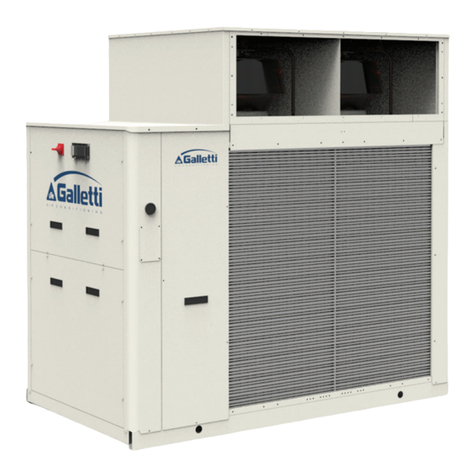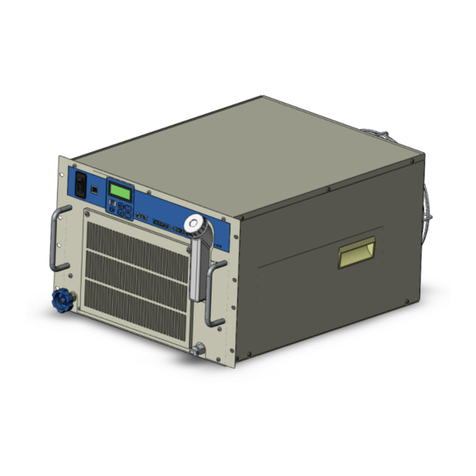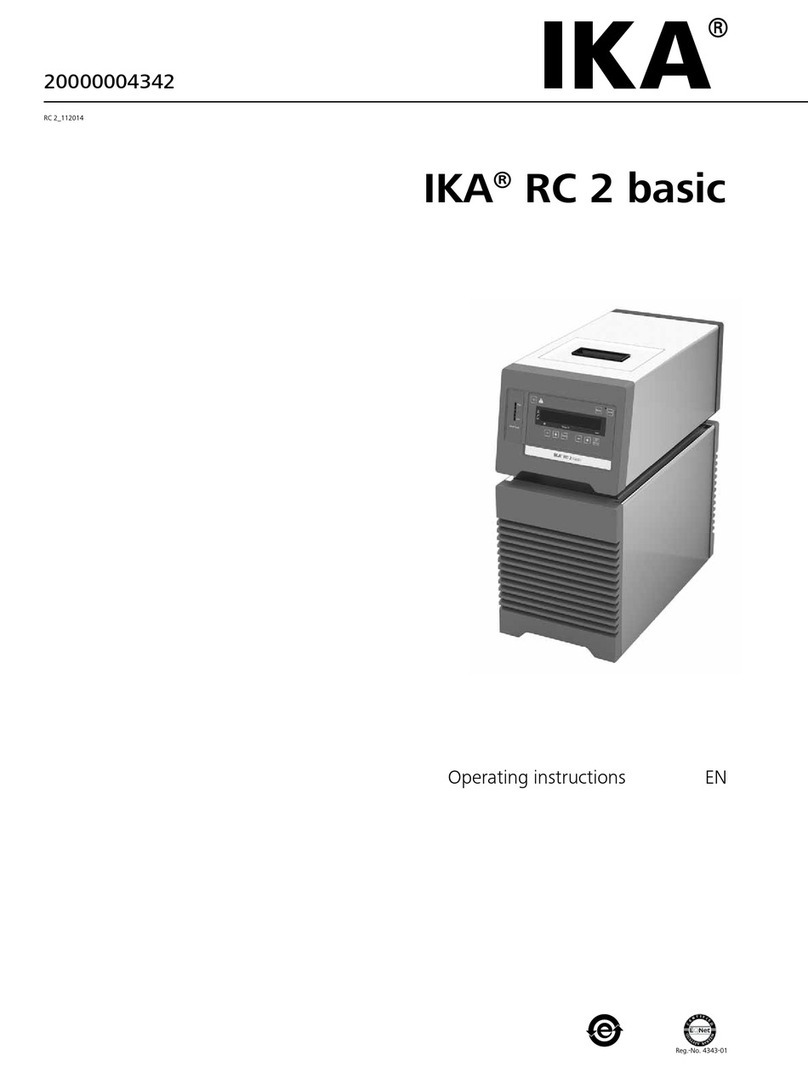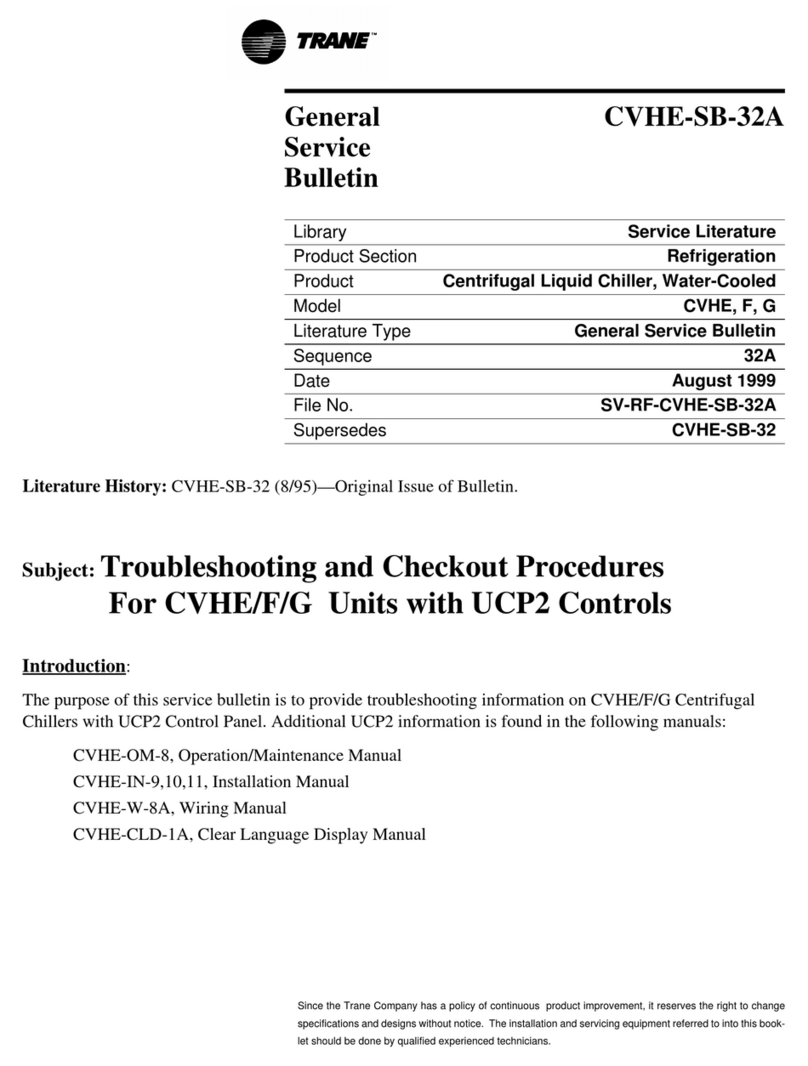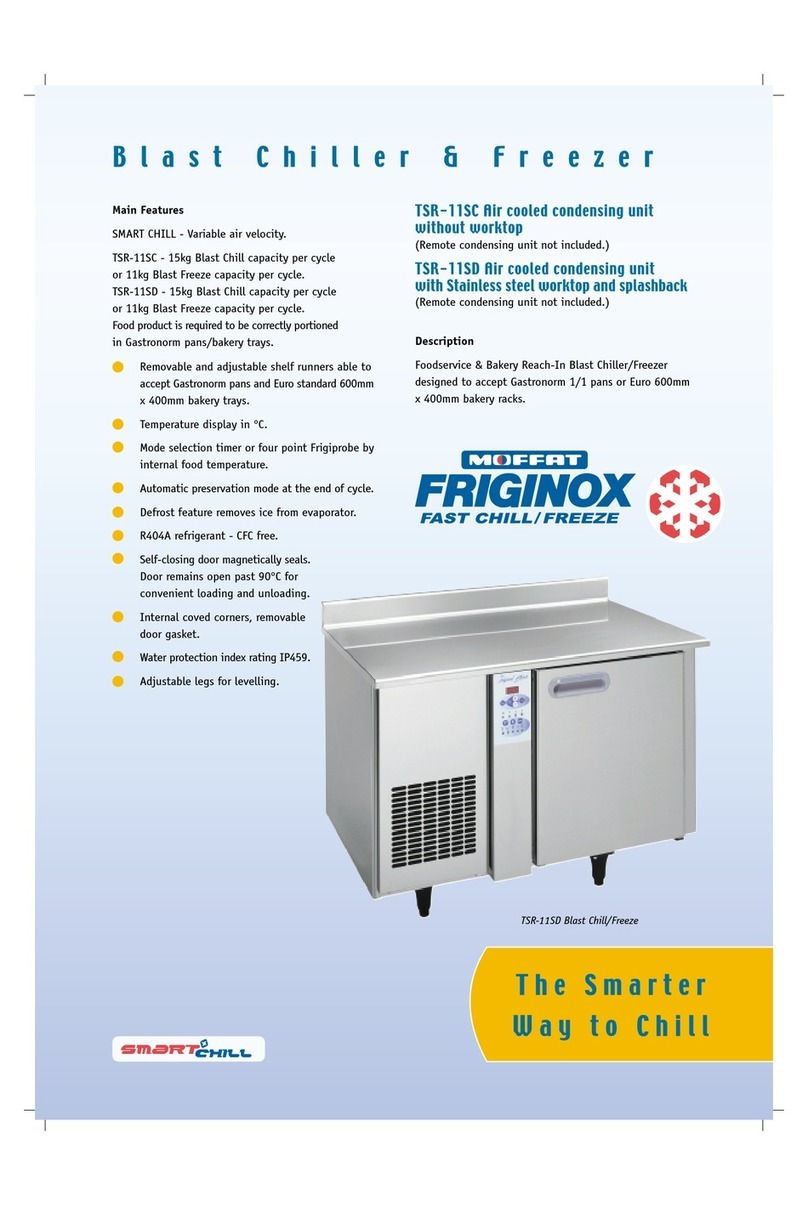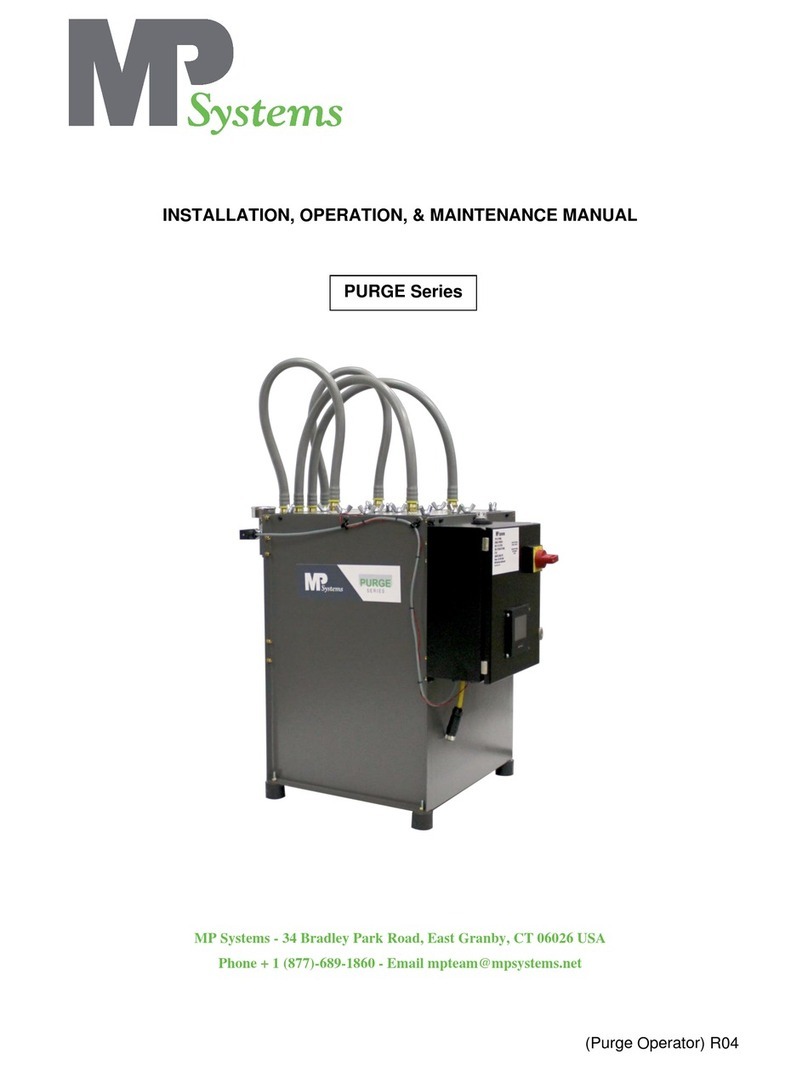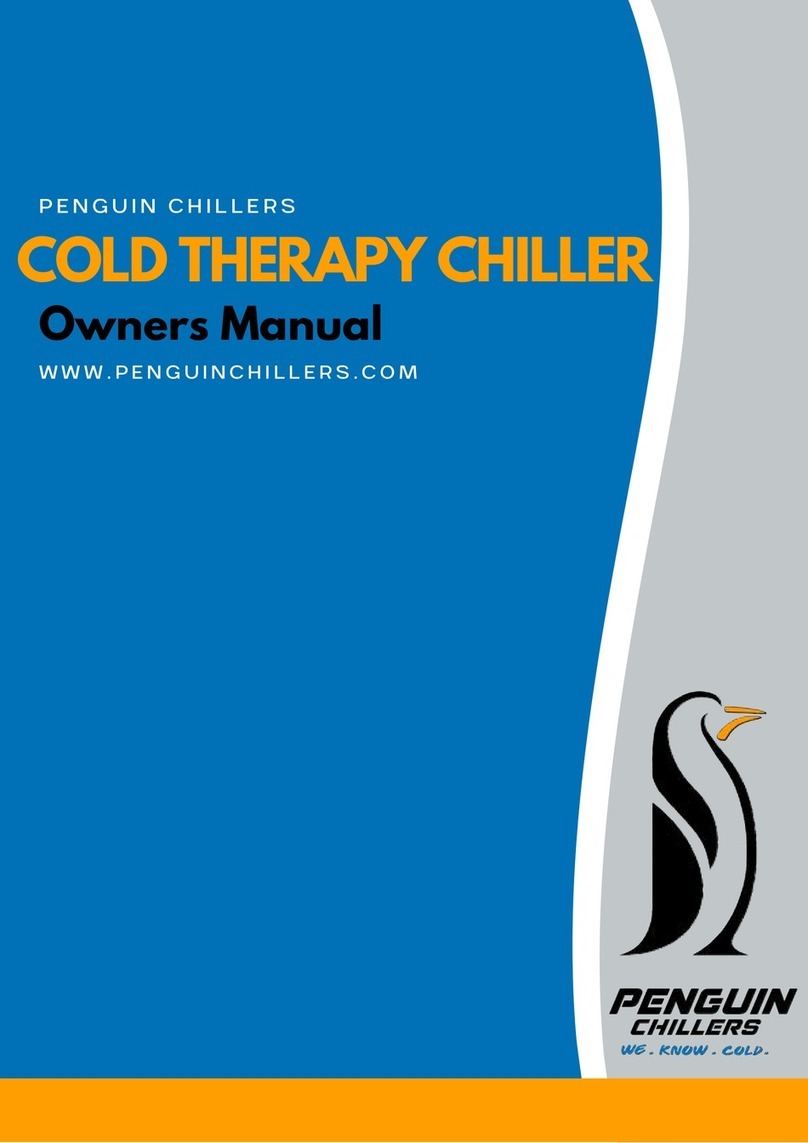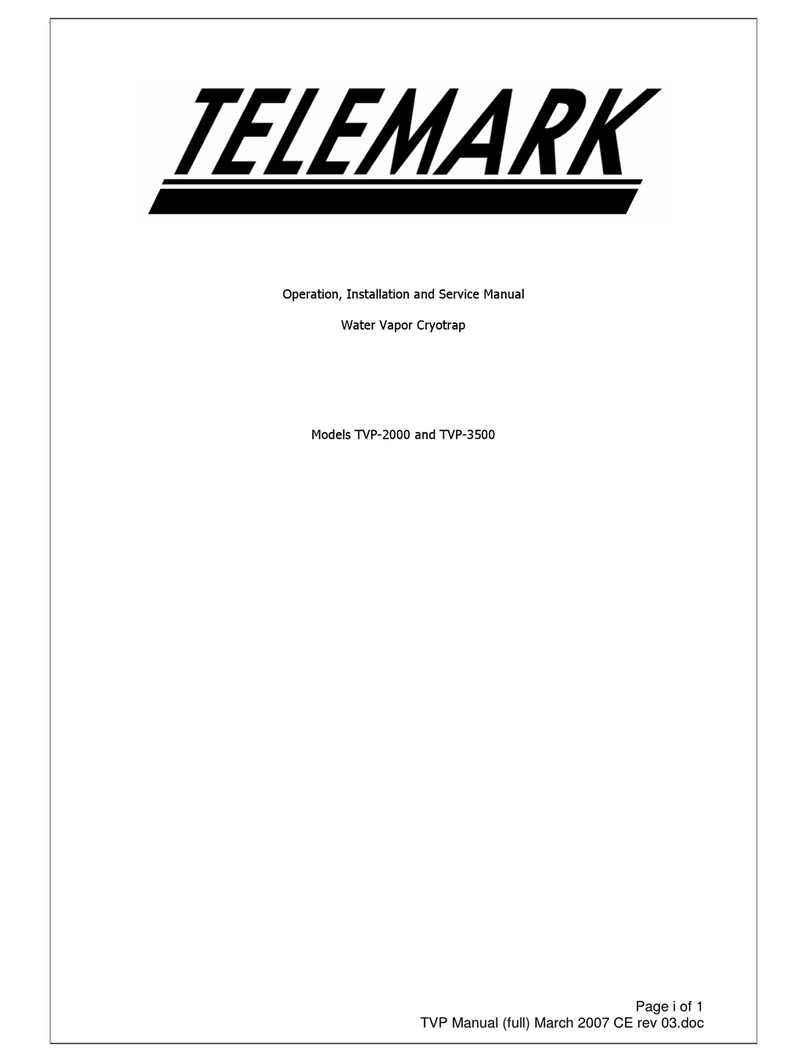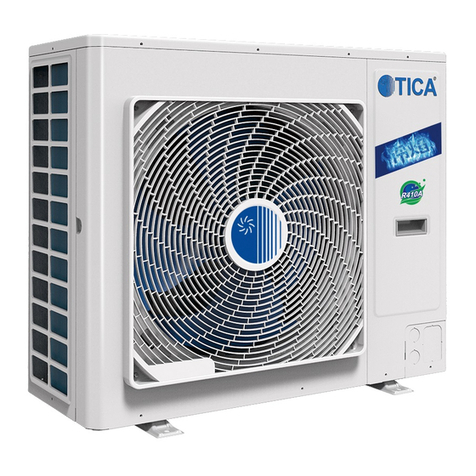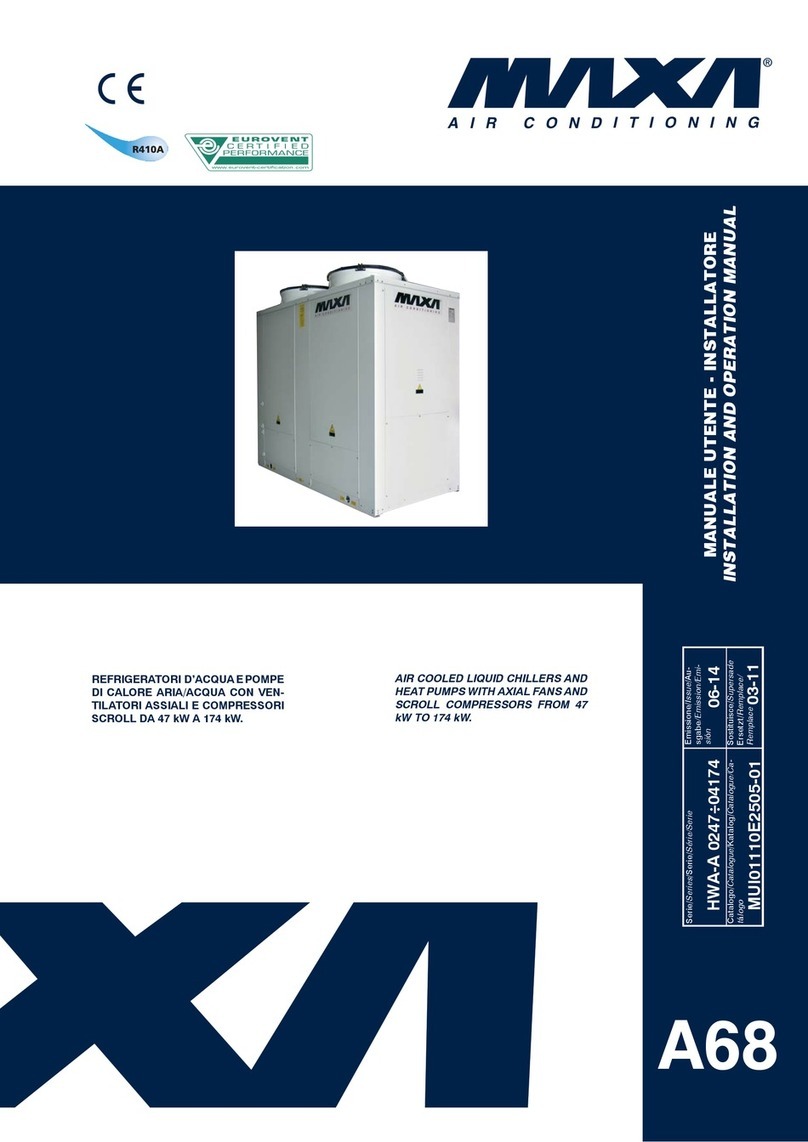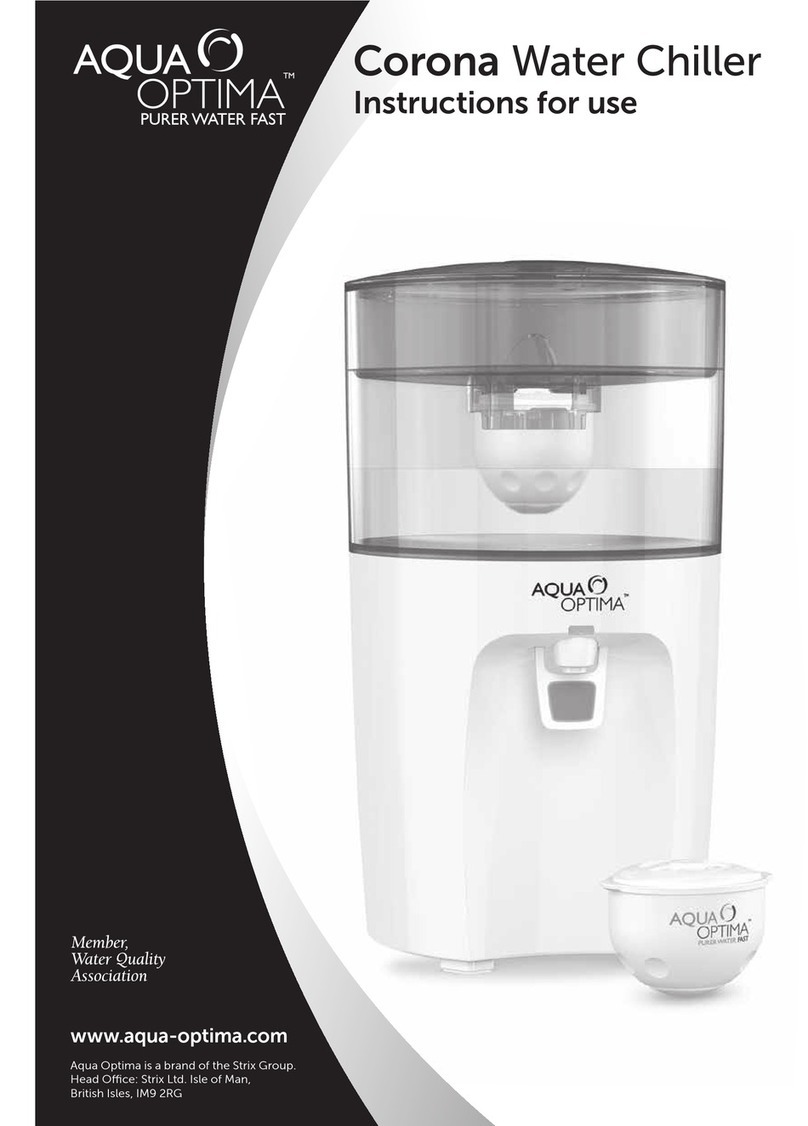
8 9
/// Disposal instructions
›
The device, accessories and packaging must be disposed of in accordance with local and
national regulations.
/// Maintenance
› The device must only be opened by trained specialists, even during repair. The device must
be unplugged from the power supply before opening. Live parts inside the device may still
be live for some time after unplugging from the power supply.
/// Power supply / switching off the device
›
The voltage stated on the type plate must correspond to the power voltage.
› The device can only be disconnected from the power supply by pulling out the power plug
or the connector plug.
› The device must only be operated with the original power cord set.
› The socket for the power cord must be easily accessible.
› Socket must be earthed (protective ground contact).
› After a power failure during operation, the device may start automatically (depending on
operating mode).
› Disconnect the power plug before attaching or changing any accessories.
› Disconnect the power plug before cleaning, maintenance and transportation of the unit.
/// Fluid
Warning!
› Only use the fluids, which fulfill the requirements for safety, health and device compatibility.
Be aware of the chemical hazards that may be associated with the bath fluid used. Observe
all safety warning for the fluids.
›
Depending on the bath fluid used and the type of operation or toxic can arise. Ensure suitable
extraction.
› Do not use any fluid which may cause dangerous reactions during processing.
!Notice!
› Only use recommended bath fluid. Only use non-acid and non corroding fluid.
›
Never operate the device without sucient fluid! Check the fluid level detection at a regular
basis.
› Continuous monitoring of the filling level of the bath fluid is required.
›
To ensure a sucient fluid circulation, the viscosity of the bath fluid must not exceed of 50 mm/s
at the lowest operating temperature.
› Untreated tap water is not recommended. It is recommended to use distilled water or high
purity water (ion exchangers) and add 0.1 g soda (sodium carbonate NaCO) /liter, to reduce
corrosive properties.
› Don’t use following fluids:
- Untreated tap water
- Acids or bases
- Solutions with halides: chlorides, fluorides, bromides, iodides or sulfur
- Bleach (Sodium Hypochlorite)
- Solution with chromates or chromium salts
- Glycerine
- Ferrous water.
/// Accessories
› Protect the device and accessories from bumping and impacting.
› Check the device and accessories beforehand for damage each time when you use them. Do
not use damaged components.
›
Safe operation is only guaranteed with the accessories described in the ”Accessories” section.
!Notice!
› Covers or parts that can be removed from the device without tools must later be refitted to
ensure safe operation. This will prevent the infiltration of foreign objects, liquids and other
contaminants.
› The feet of the device must be clean and undamaged.
› Always empty the bath if the unit is unused for long time.
› A laboratory circulator refrigerates and circulates fluid according to specified parameters. This
involves hazards due to high and low temperatures and general hazards due to the device
of electrical energy. The user safety can not be ensured simply with design requirements on
the part of the device. Further hazard sources may arise due to the type of tempering fluid,
e.g. by exceeding or undercutting certain temperature thresholds or by the breakage of the
container and reaction with the carrier fluid. It is not possible to consider all eventualities.
They remain largely subject to the judgment and responsibility of the operator. For this
reason, it become necessary for user to take other precautionary safety measures.
› The device may only be used as prescribed and as described in these operating instructions.
This includes operation by instructed specialist personnel.
› When device is used for external circulation, extra precaution must be taken for cold fluid
leakage due to damaged hose.
- Use suitable hoses for connection.
- Secure hoses and tubes against slippage and avoid kinks.
- Check hoses, tubes and bath at regular intervals for possible material fatigue (cracks/leaks).
› Do not transport or empty the bath while it is still cold.
› Always empty the bath before moving the unit.
